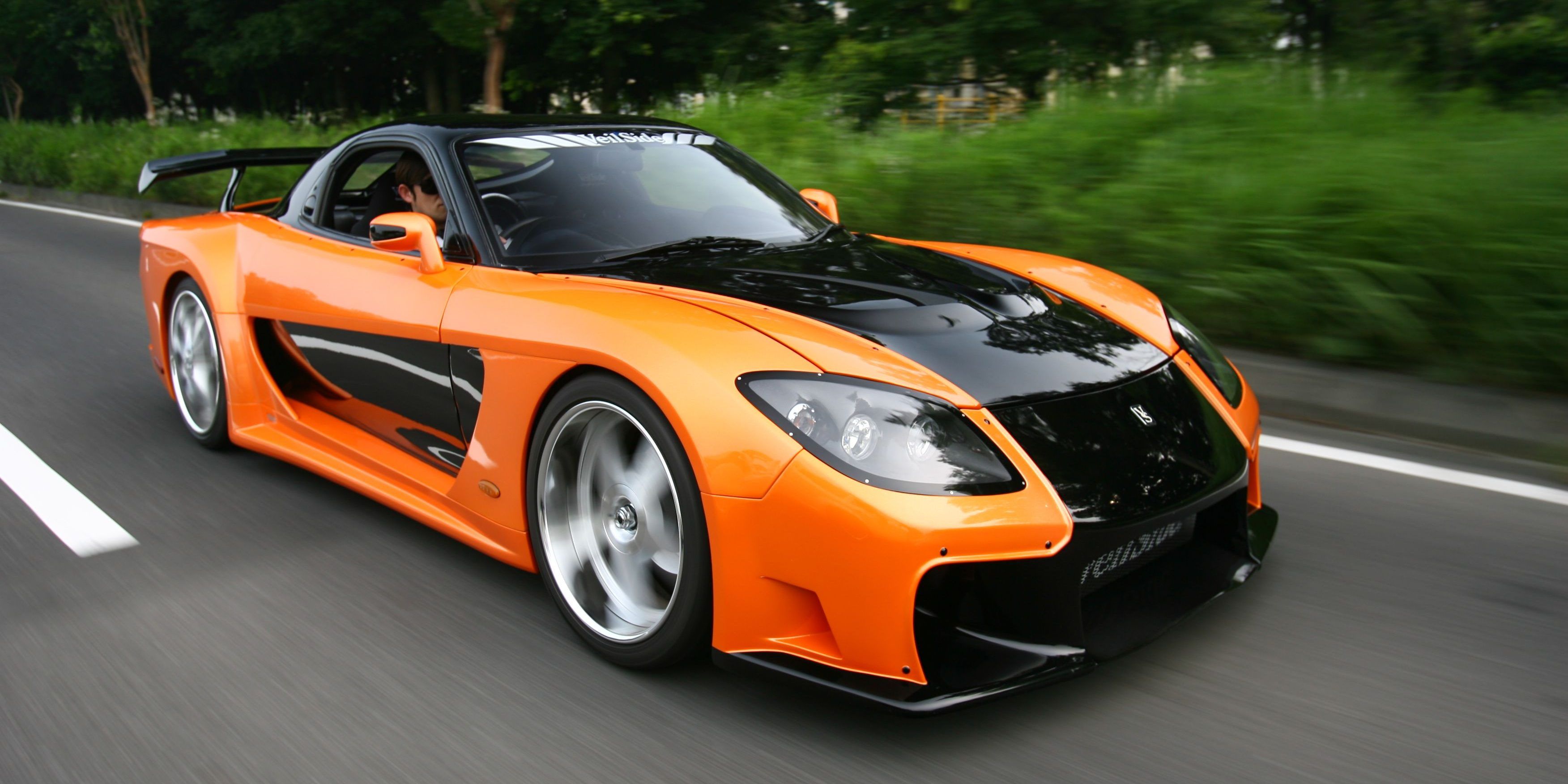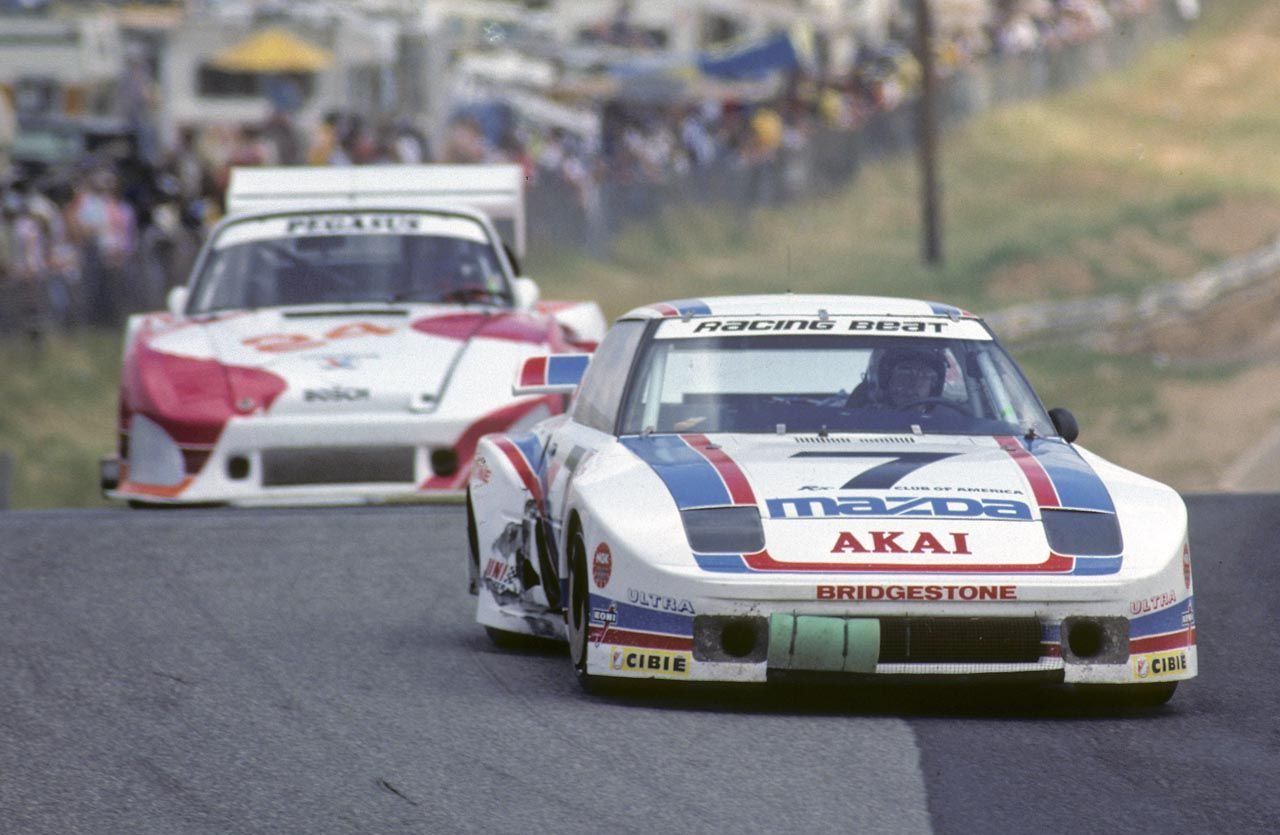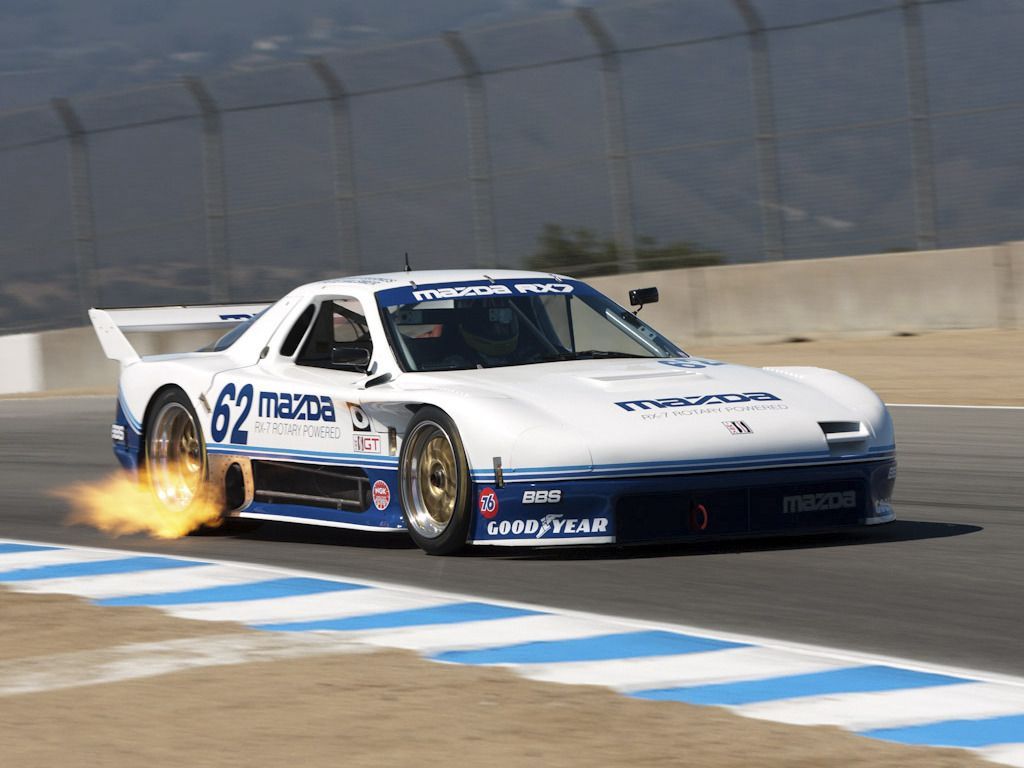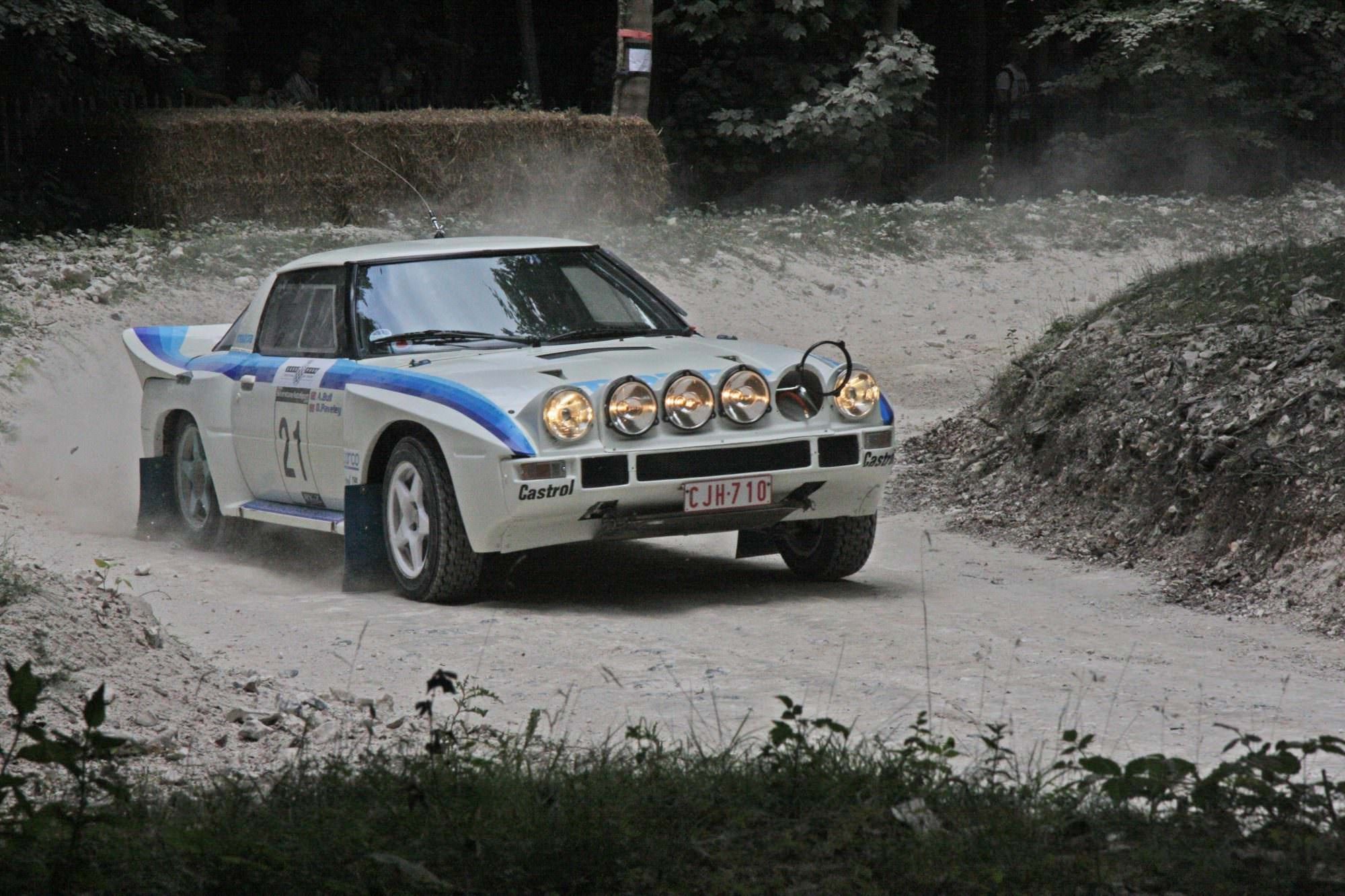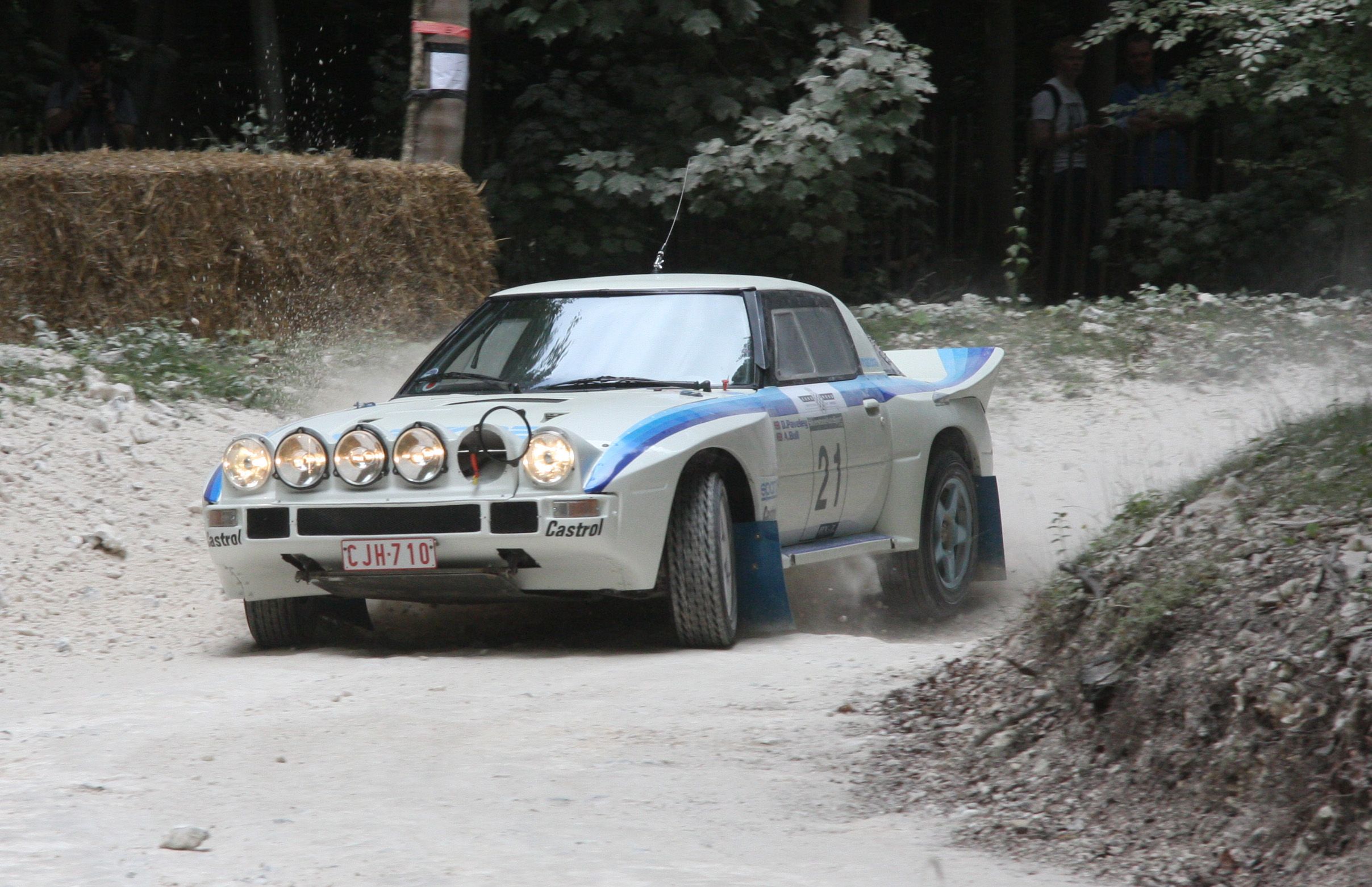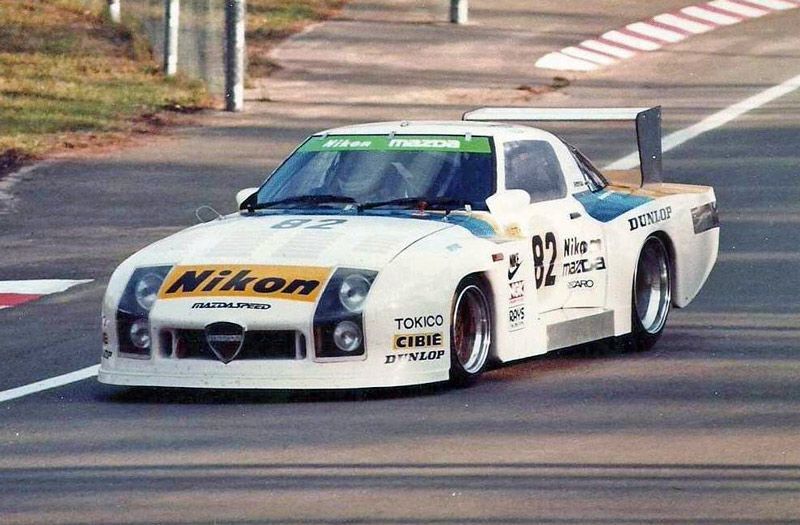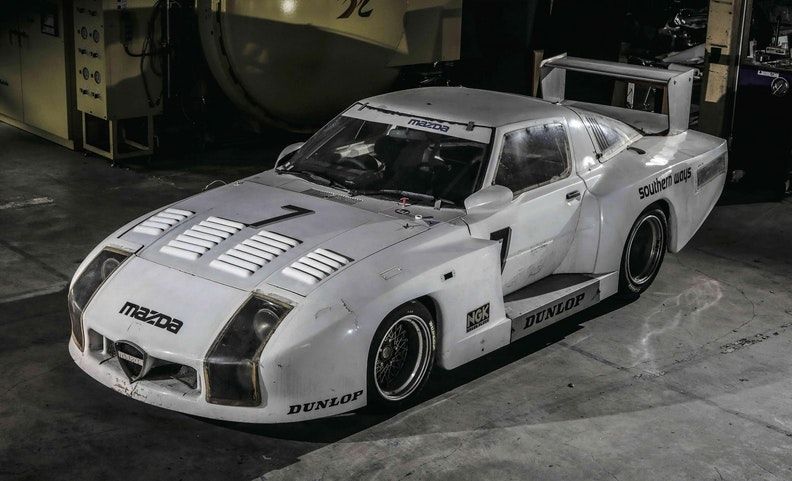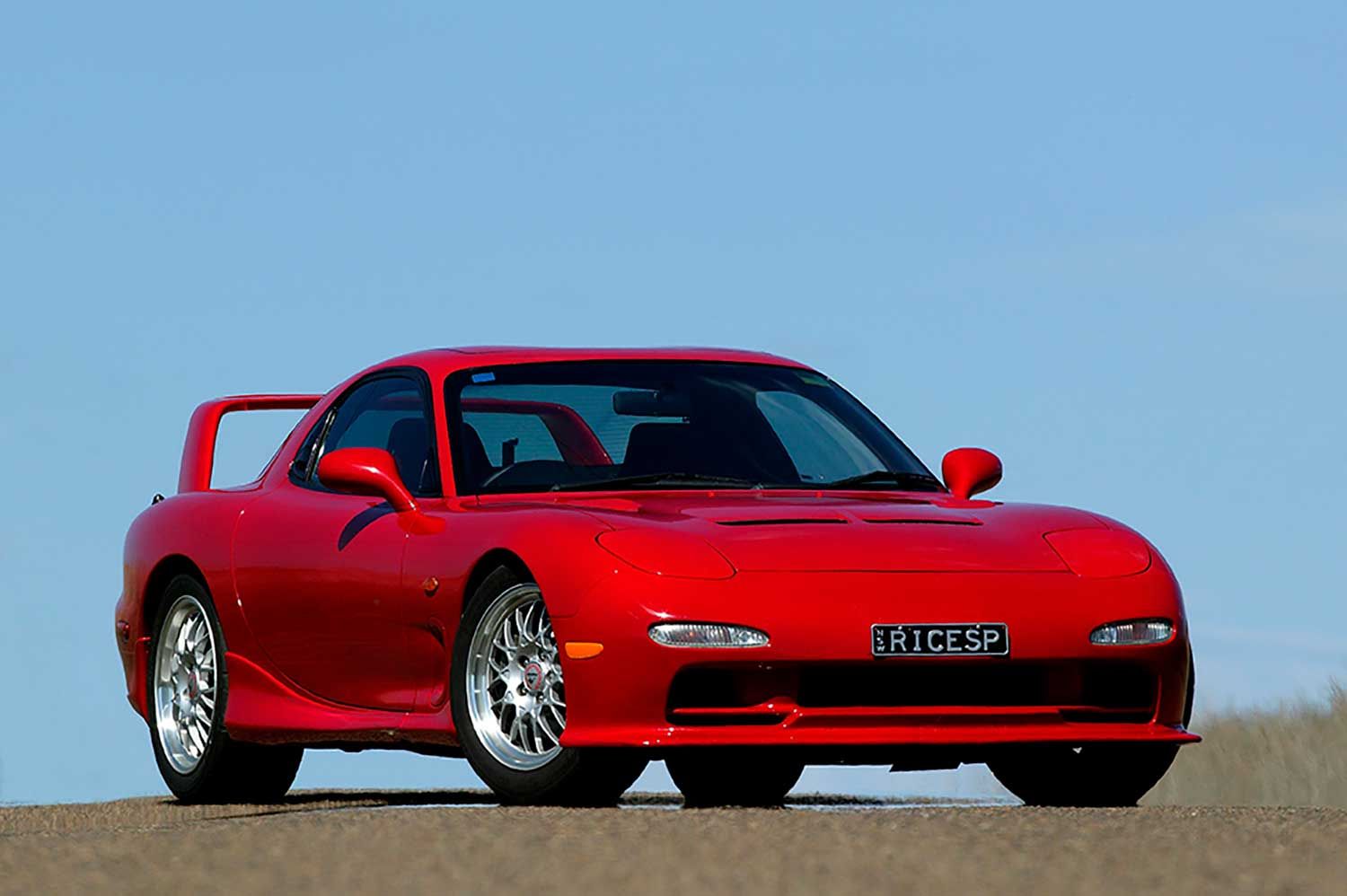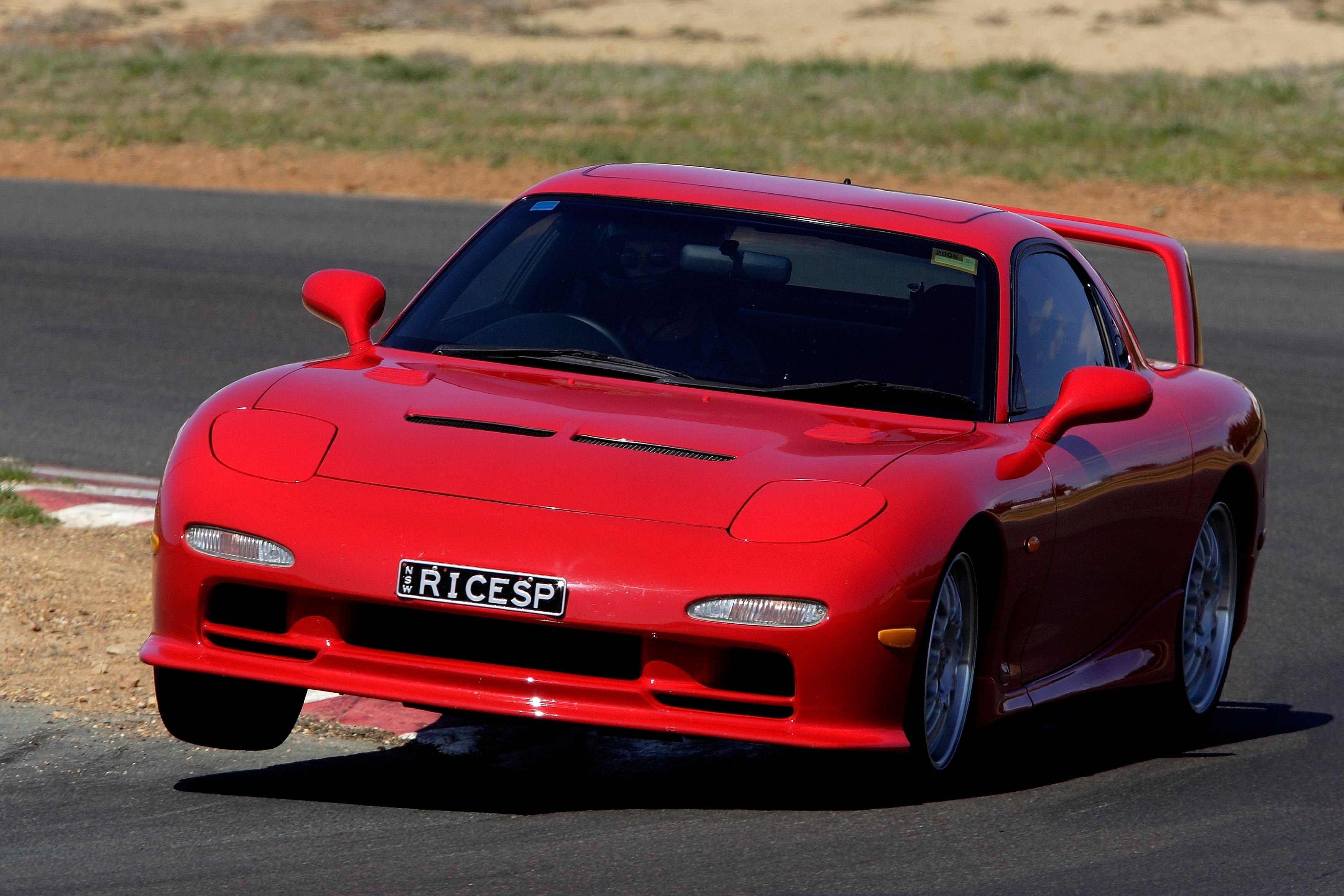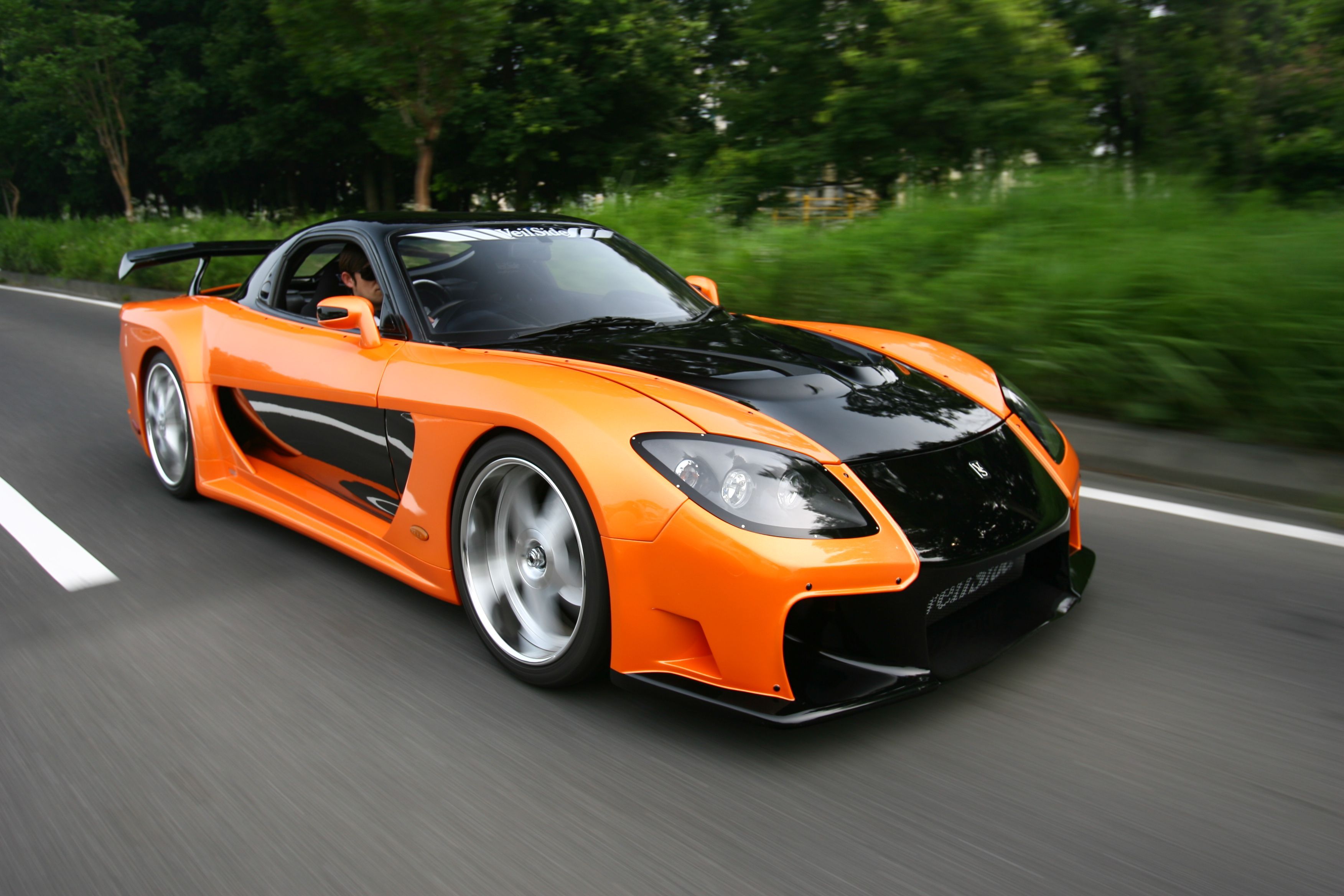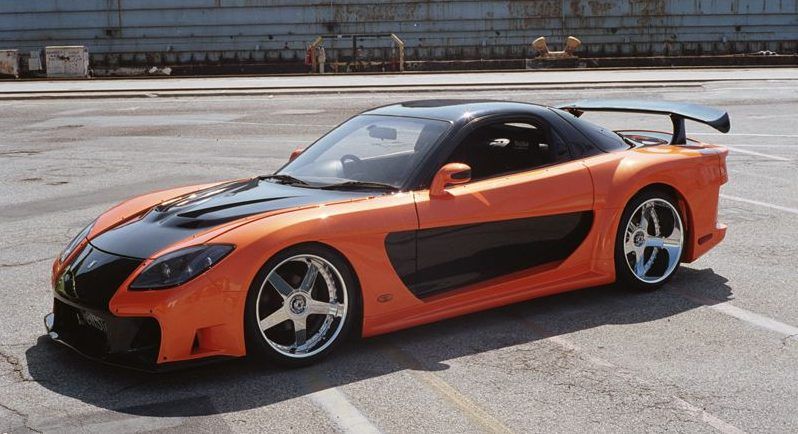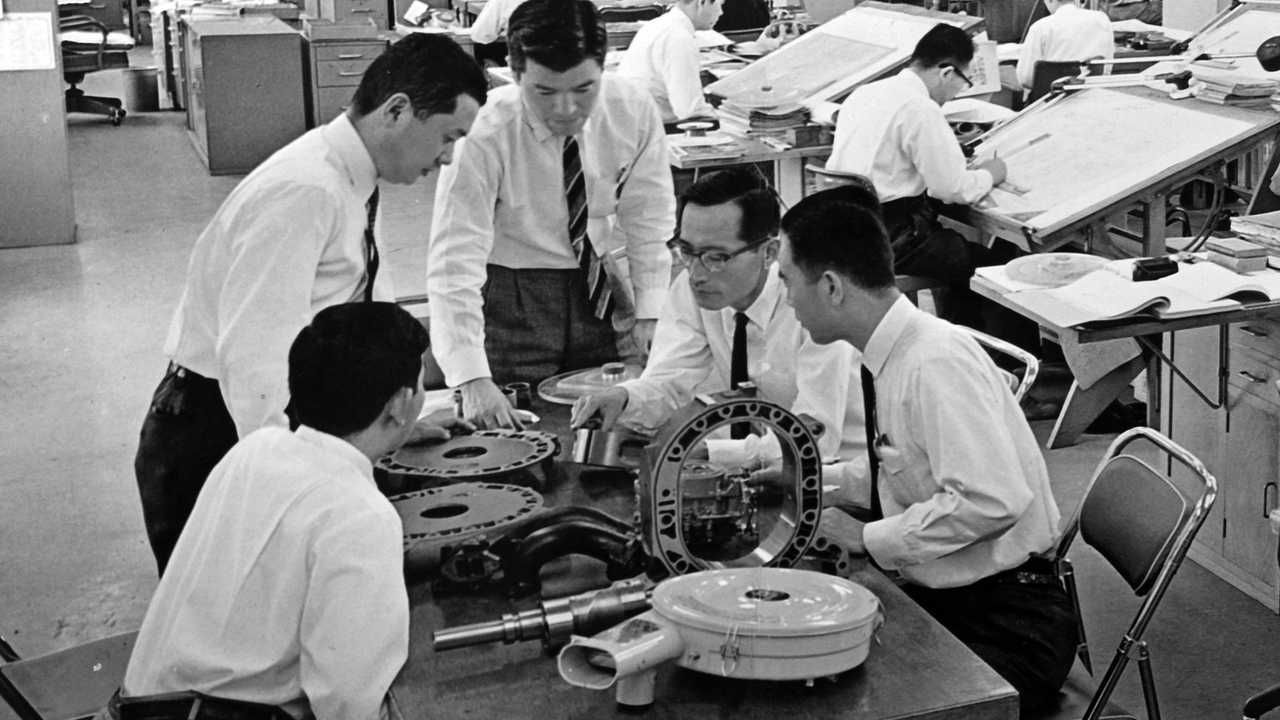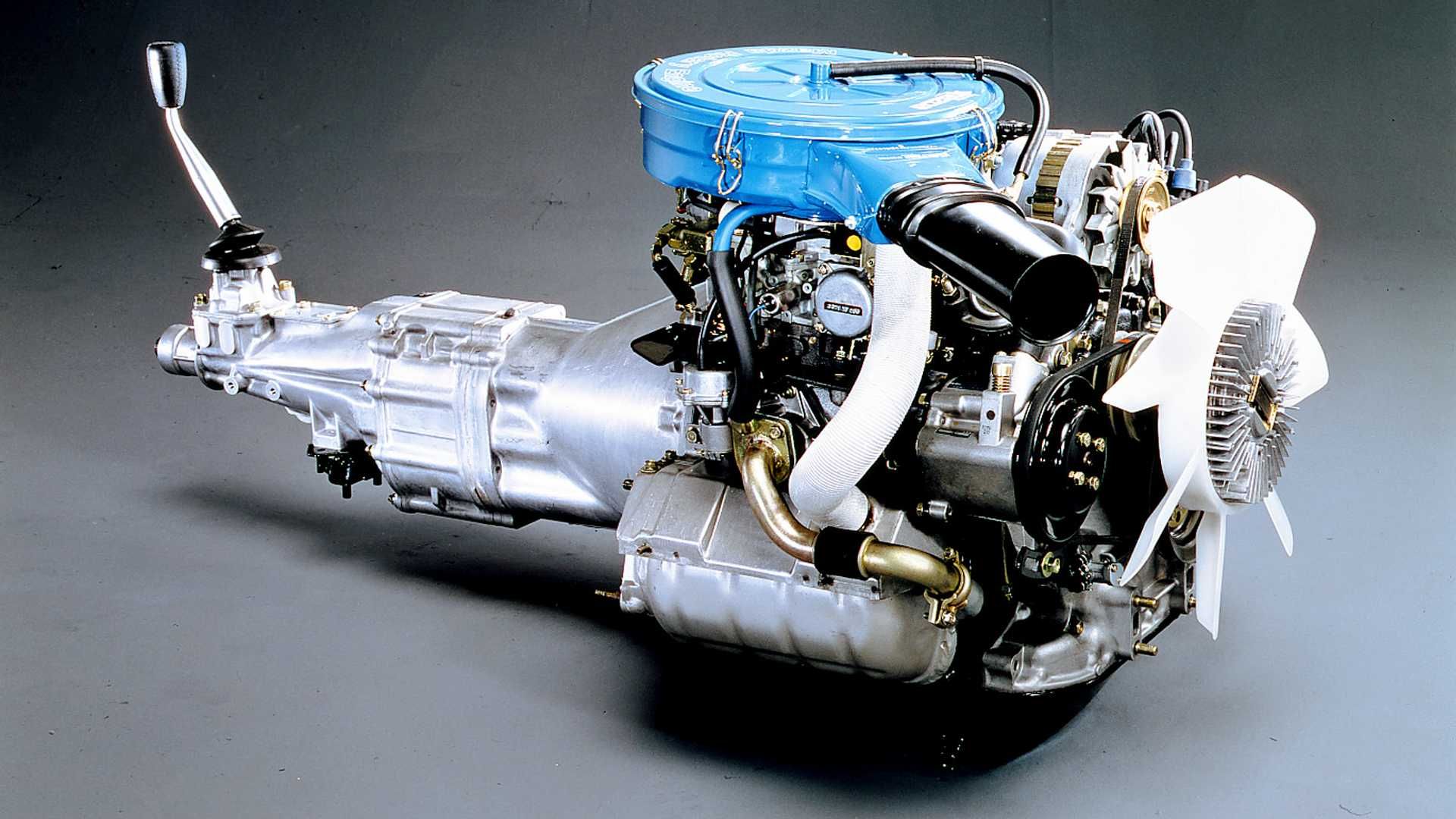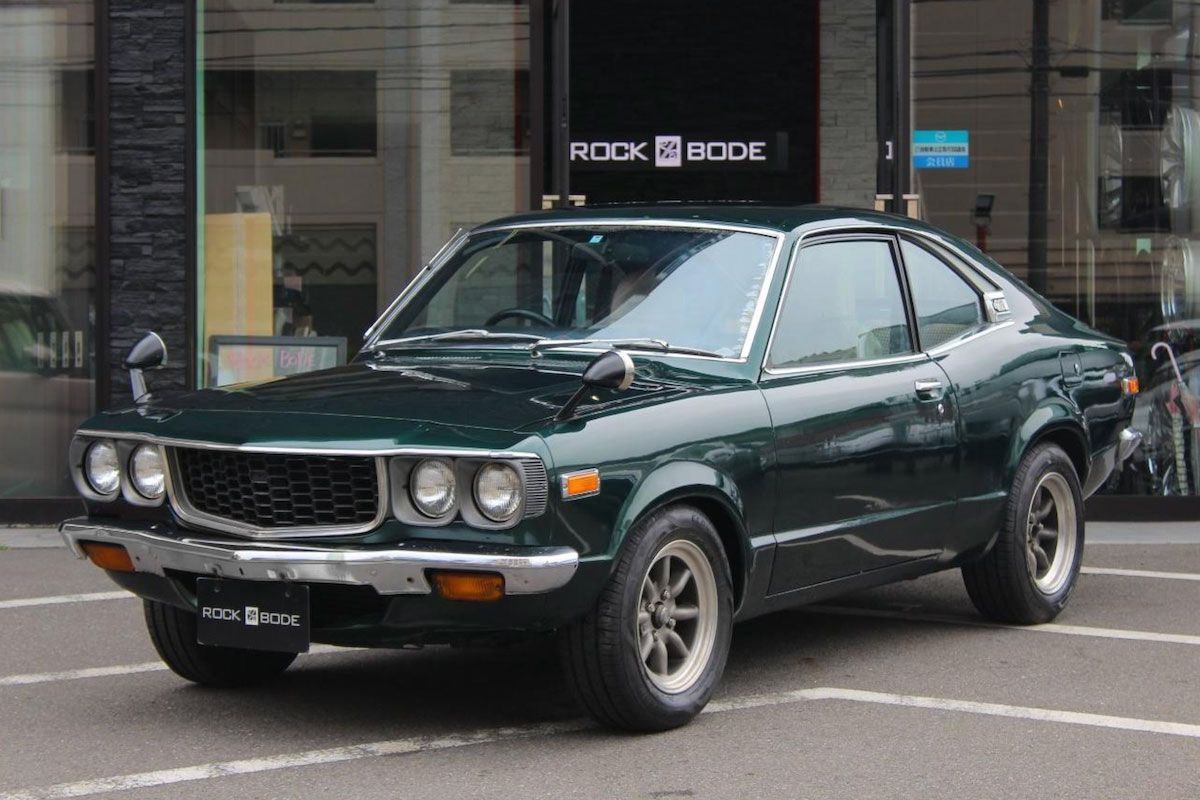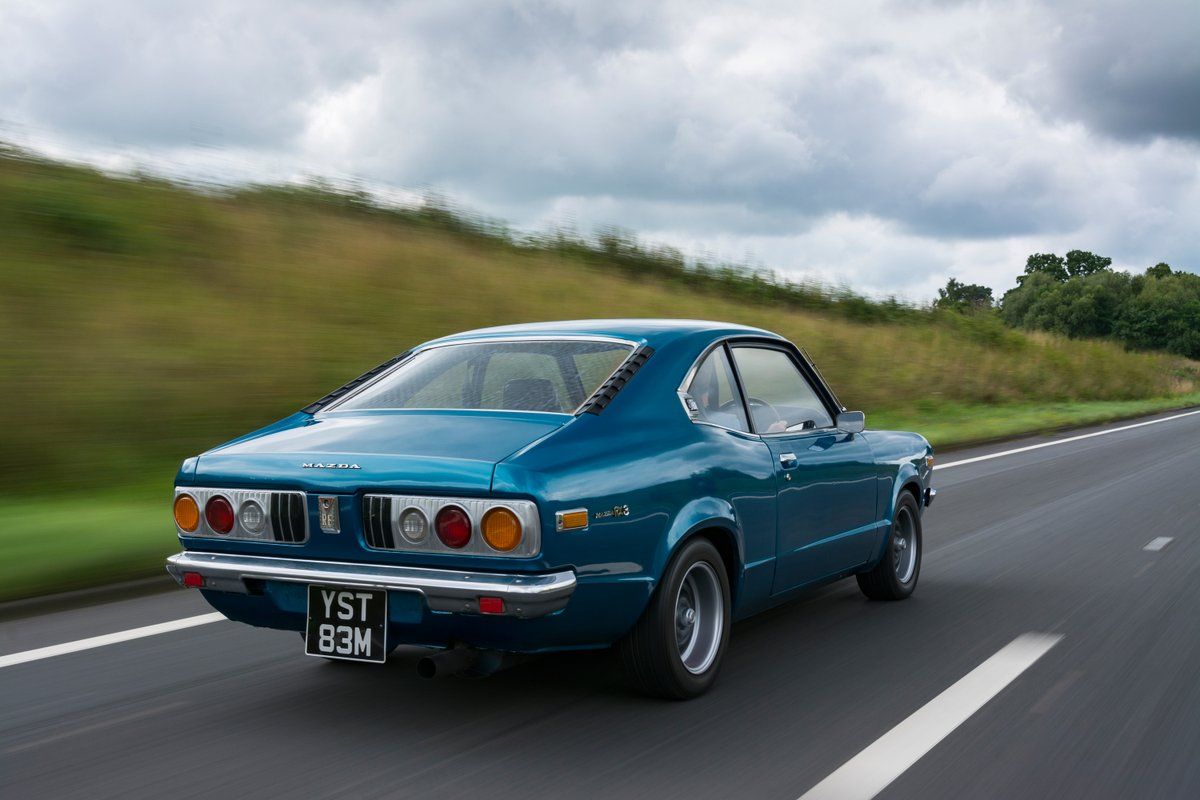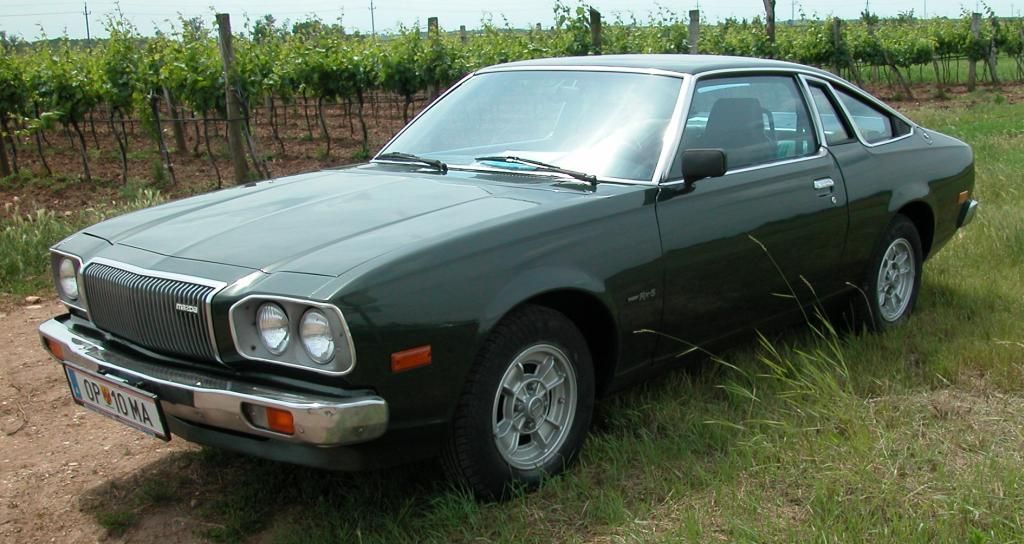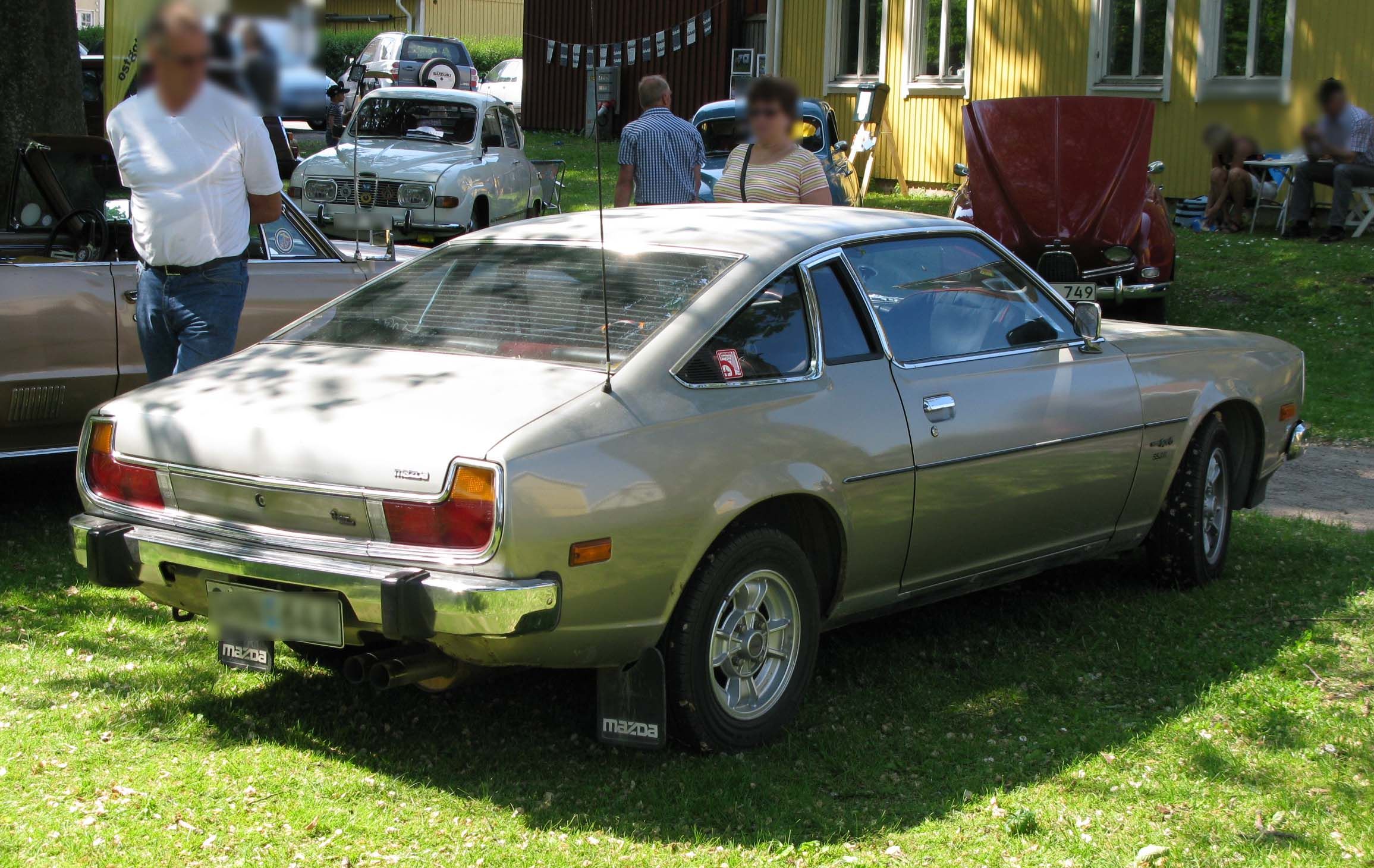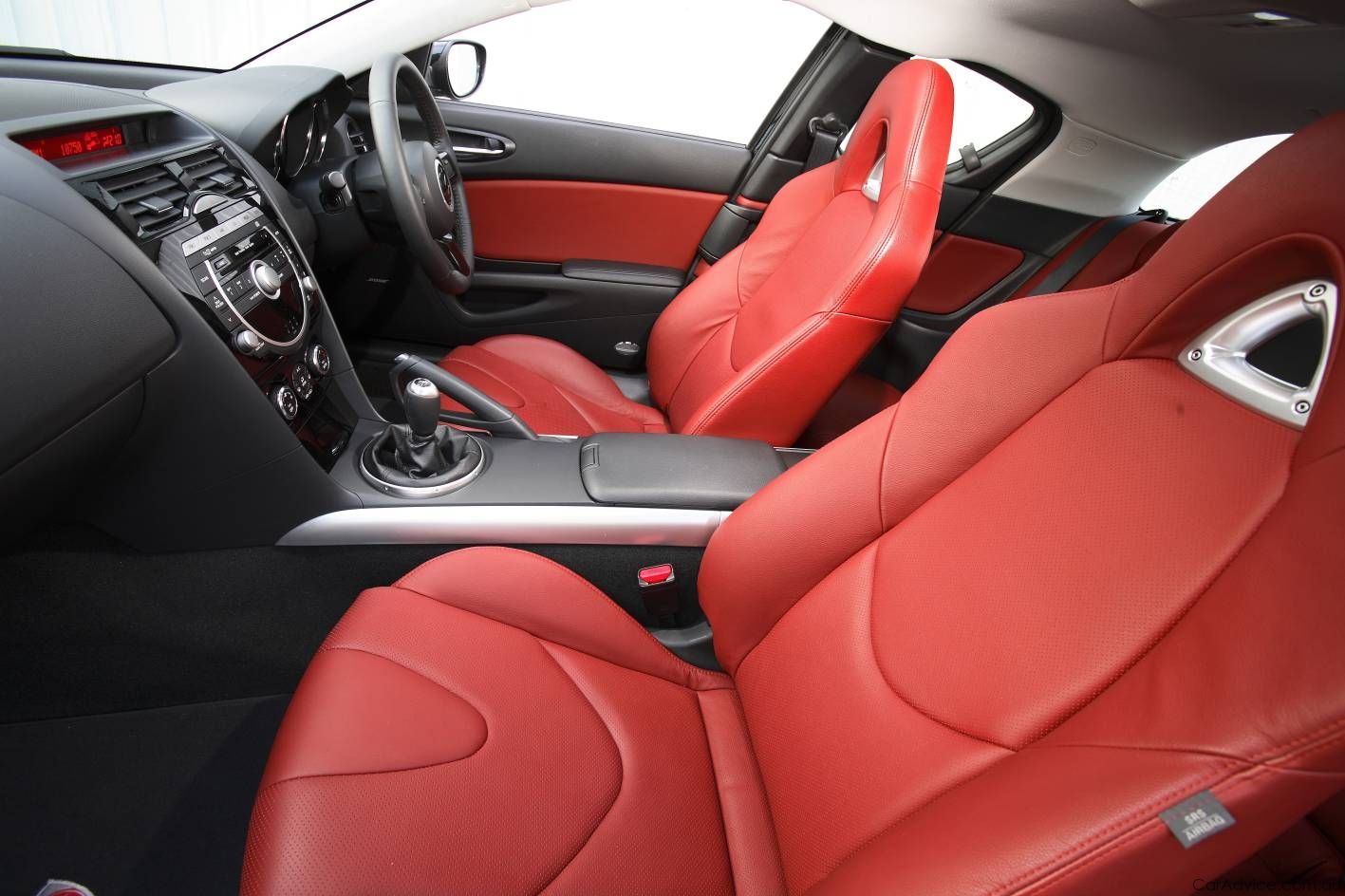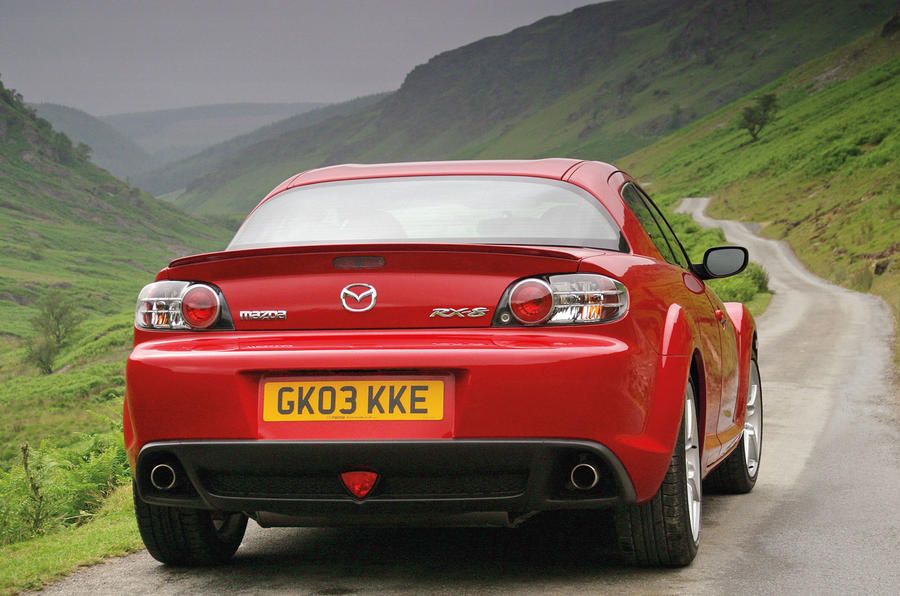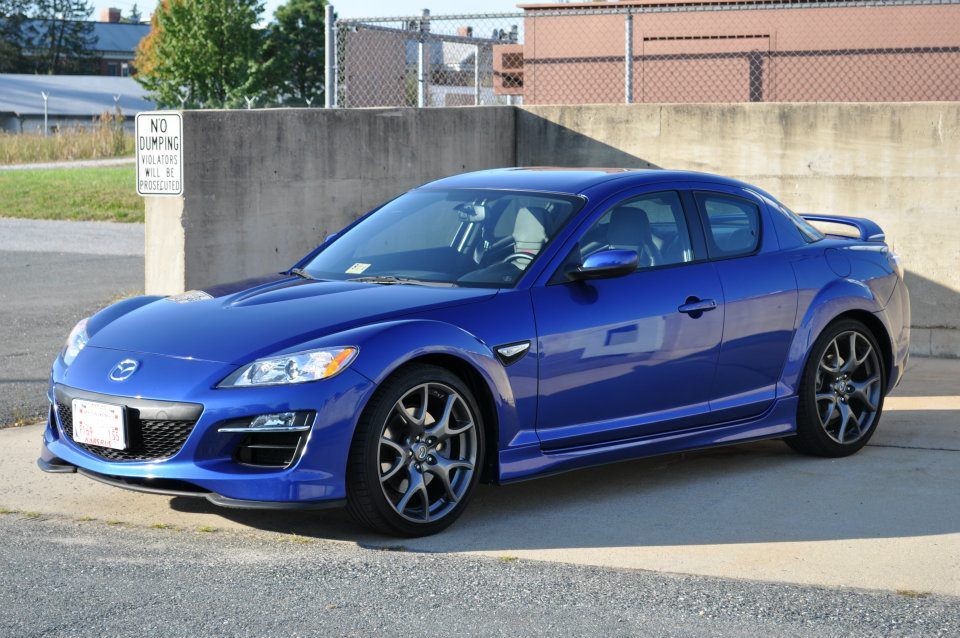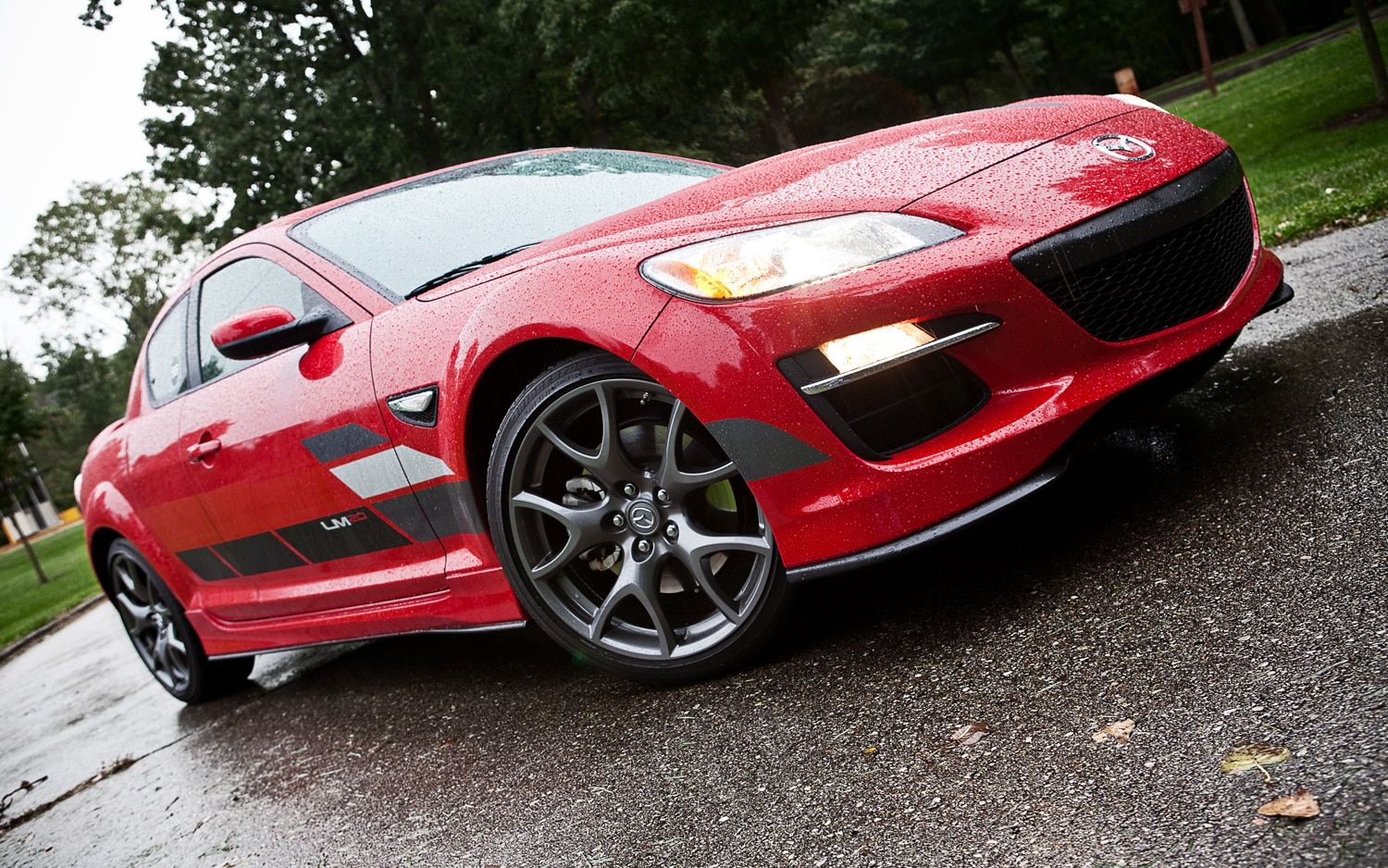One of the hottest categories in today's car enthusiast world, the legends of Japanese performance burn as bright as ever, remembered today for a purity of purpose and form that came with some awesome performance. Thanks as well to car culture evolving through the '90s with video games like Gran Turismo, and later movies like The Fast and the Furious cementing JDM sports cars like the Supra and Nissan GT-R into the eyes of young enthusiasts, these now 30-year-old cars are treated like true classics.
While this phenomenon includes cars like the Supra and GT-R, one legend that shines just as bright took a completely different approach to performance – the RX-7. Originating in the '60s with the Mazda Cosmo, Mazda's point of differentiation when it came to performance was a completely unique engine type known as a rotary engine.
Consisting of a triangular rotor rather than conventional pistons, the rotary engine gives some awesome high revving performance and one of the most unique exhaust notes ever. Spawning the RX series, Mazda's flagship sports cars would use both this nameplate and engine. Not just notable for using a unique engine, the Mazda RX series has a rich history with some awesome facts to discover. Read on to see 10 such facts.
10 The RX-7 Dominated IMSA Racing
The premier sports car racing series in North America, the International Motor Sports Association (IMSA) has sanctioned adrenaline-packed endurance races for over half a century, seeing many legends rise in the face of its competition. It may seem unexpected, but among those legends lays the RX-7, and it stands out as one of the most successful cars in the history of IMSA itself.
Entering their rotary-powered RX-3 into the IMSA GT Championship during 1978, Mazda didn't see much success but instead gathered insights into the race for future use. Putting those insights to work just a year later, the recently introduced RX-7 took up Mazda's mantle in IMSA with an immediate victory.
After their first race in IMSA, Mazda's RX-7 racers took 1st and 2nd place in their class at the 1979 24 Hours of Daytona, and would only dominate from there. Winning the IMSA manufacturer's title in 1980, by 1990 the RX-7 had claimed over 100 IMSA race victories, making it one of the most successful of all time.
9 The RX-7 Was Entered Into WRC Group B
Rally already one of the craziest motorsports out there, but in the mid-'80s the WRC was kicked up by several extreme notches with the introduction of Group B. Essentially throwing out many of the technical restrictions on performance, Group B was filled with some of the most monstrous cars the rally world has ever seen.
Previously entering their rally-prepped RX-7s in the awesome but sane WRC Group 2, Mazda Rally Team Europe (MRTE) decided to give Group B a shot in 1984 and began creating a special RX-7 rally car for the task at hand - surprisingly without much real backing from Mazda as a company. Making many of the parts on their own, MRTE transformed the humble first-generation RX-7 into a true rally monster, throwing down 300 hp from a 2-rotor 13B rotary engine, wearing a specially designed body, and riding on a rally optimized chassis.
Despite the effort put in, the RX-7 just couldn't find success in Group B. Mainly a problem with it being RWD in a field now dominated by the 4WD monsters from Audi and Lancia, the RX-7's greatest victory in Group B was a 3rd place finish at the 1985 Acropolis rally. Regardless, the RX-7 created for Group B remains one of the coolest RX models ever made.
8 The Lost (And Found) Le Mans RX-7
When thinking of Mazda's efforts at the 24 Hours of Le Mans, the wickedly sleek and fast Group C derived cars like the 787 come to mind - after all, that's the car they finally won the race with. But, the RX-7 did play a part and even raced at Le Mans.
Modifying a pair of RX-7 245i IMSA race cars, Mazda took the insights gained during the RX-7's massively successful run at IMSA and used them to turn the cars into all-out Le Mans racers. Entering them into the 1982 24 Hours of Le Mans, the RX-7 245i looked uniquely awesome, with crazy widebody flares, and wild touches throughout the car - alongside a signature 13B 2-rotor rotary engine.
Unfortunately, one of the 2 cars retired early, and the other managed a 14th place finish, and Mazda turned their efforts to building cars for the newly introduced and absolutely wild FIA Group C - eventually spawning the legendary 787. But, back to the RX-7, one of the two Le Mans racers was destroyed in a crash, and the other disappeared completely, lost for decades without a trace. Up until now that is - discovered hidden away in Okayama Japan during 2019, the formerly lost RX-7 245i Le Mans racer is now undergoing restoration, and is perhaps the ultimate barn find of all time.
7 The Ultra Rare Australian Homologation Special
It should be plain and clear by now - the RX-7 is a master of motorsports that made itself well known on track. In Australia, this continued to be true, with legends like Allan Moffat taking to the wheel of the rotary racer during the '80s.
Making a good showing in the Australian Touring Car Championship (ATCC) during the '80s, but failing to win at Bathurst - the most prestigious Aussie race, the '90s would see the RX-7 annihilate everyone who stood in its way. Returning with vengeance to Bathurst in 1992, the new FD generation RX-7 lead the pack by 3 laps, taking an immediate victory.
But the car in question here was spawned from an even fiercer fight for victory, as after 3 consecutive Bathurst wins, competitors like Porsche fought hard to create a car that could dethrone the RX-7. Not willing to let that happen, the head of Mazda Motorsport Australia created a wicked stripped-down, advanced version of the RX-7 called the SP. The results were successful, and the RX-7 claimed four 12 Hours of Bathurst victories in a row.
Making just 35 of them as homologation specials, the RX-7 SP road car had around 60 unique modifications to it, including plenty of carbon fiber, a bigger fuel tank, massive brakes, lowered weight, and around 40 more horsepower, making it one of the rarest and most badass RX-7 special editions.
6 The "Tokyo Drift" RX-7's Origins (And Destruction)
For many of today's car enthusiasts, one movie franchise is to blame for certain automotive tastes, and general love of cars: Fast & Furious. Within that franchise though, the RX-7 solidified itself as a movie icon from one film - The Fast and the Furious: Tokyo Drift.
Driven by Han, the movie's deuteragonist and drift mentor for the protagonist, the RX-7 used was no ordinary RX-7, as it was a custom wide-body version by Veilside. One of their most iconic products today, the Veilside "Fortune" RX-7 body kit adds some seriously cool and aggressive looks to the already good looking car.
Naturally, wanting to show off this new body kit, Veilside displayed the custom RX-7 at the Tokyo Auto Salon - where it was directly purchased by the Fast and Furious crew for use in the upcoming Tokyo Drift movie. Repainted by the production team in the now-iconic orange and black scheme, a further 8 (mostly) identical Veilside RX-7s were built by the studio for use in stunts.
Sadly, as is the nature with movie cars in an action-packed film, 7 of the 9 RX-7s used were destroyed completely during filming. But, it's hard to complain when their sacrifice helped to give us one of the most iconic movies in modern car culture.
5 The Thermal Reactor And The Phoenix Project
Motorsports and movies are definitely awesome, but looking back on the history of how the RX and it's Wankel rotary engine came to be, reveals some rather amazing bits of technology, and a spirit of determination.
Debuting their second attempt a rotary-powered car after the Cosmo, in 1968 the Mazda Familia Rotary was released and was intended to be a global export for Mazda. Trying to bring the car to America, Mazda was stopped in their tracks by the 1970 Clean Air Act, as the new rotary produced far too many hydrocarbons to pass the new restrictions. Working around this issue, Mazda created a "thermal reactor" system that would effectively burn away remaining hydrocarbons in the exhaust.
Yet, soon after this, the Oil Crisis would present another obstacle for Mazda, as the rotary engine was still rather unrefined, and inefficient. Launching the "Phoenix Project" in 1974, Mazda set a goal of 40% improved fuel efficiency for rotaries over the course of 5 years. Achieving 20% improved efficiency right off the bat, Mazda engineers made a huge leap when examining the thermal reactor. Using the reactor's heat as an integrated heat-exchange system, the Phoenix Project became a success - achieving 50% improved efficiency with this heat-exchange system.
4 The RX's Rotary Origins
Mazda's first rotary car was the specially made low-volume Cosmo, and their second was the practical yet cheap Familia. The RX nameplate would evolve from this little car into some of the coolest sports cars ever made, but its origins were far less certain than that makes it seem.
Mazda was not the first automaker to use the rotary either, that honor goes to German NSU and their Wankel Spider, but, Mazda would be the one to stick with it even as NSU lost all their money chasing a way to make the engine viable. Citroen as well gave the rotary a shot, and while they didn't bankrupt themselves, the venture left its mark on their funds without any solid results to speak of.
Sticking with it as a way to differentiate Mazda as an innovation-focused brand, attempts like the Cosmo and Familia did work, but were small victories compared to what Mazda really wanted out of the engine, as both cars had their shortcomings. Choosing the more well-appointed and stable Grand Familia - also called the 808, Mazda dropped in a 2-rotor rotary engine and dubbed it the Savanna in Japan, but called it the RX-3 in North America.
First sold in 1971, the RX-3 offered a unique sporty experience in a practical (and good looking) package and was the hit Mazda so desperately wanted for their rotary developments. Offered in coupe, sedan, or wagon forms, the RX3 remained on sale until 1978 - right when the RX7 came to life.
3 The Forgotten RX-5
The RX series is downright legendary, models like the RX-7 remain icons of the Japanese sports car industry, the RX-3 is beloved as an awesome looking classic and origins of the nameplate, and even the poorly received RX-8 has its fans. There are more RX models than that though, and one of them is almost completely forgotten today – the RX-5.
Technically the second generation of the legendary Cosmo sports car, the RX-5 was introduced in 1975 - 3 years after the Cosmo's production ended. Called the Cosmo AP (Anti-Pollution) in Japan, and RX-5 when sold as an export, this was far from what the original Cosmo stood for.
No longer a sleek and lightweight sports car, the RX-5 was more of a personal luxury coupe - akin to American cars like the Ford Thunderbird or Pontiac Grand Prix of the time. Bigger, heavier, and focused more on comfort than sportiness, the RX-5 was powered by a 13B 2-rotor rotary engine giving it around 133 hp. All in all, a cool and unique '70s classic, the RX-5's lack of legacy is perhaps because it just didn't stand for the same values as the sporty RX models.
2 The RX-8's Rotary Easter Eggs
The RX-8 is perhaps the least respected out of the legendary RX series. Introduced right after the RX-7's discontinuation, the car had massive shoes to fill, and unfortunately wasn't the performance-focused sports car people hoped for. But, the RX-8 was also the last rotary-powered car from Mazda and included several Easter Eggs honoring its iconic engine scattered around the car.
Paying tribute to the RX series' iconic rotary engine, small references to the triangular shape of the rotors appear throughout the car. Starting with the front end, the stamping in the hood is one such curvy triangle. Moving to the interior, the seats themselves have the shape cut out of them, with a metal frame mimicking the rotor's shape - then looking at the transmission, on a manual model, the shift knob also takes this shape. Finally, the third brake light (a simple metal cutout when not equipped) continues the rotary references with one more triangle shape.
1 The RX-8's R3 Performance Package
As mentioned, the RX-8 may not have been the sporty monster RX-7 fans had hoped for, but still was a respectable and practical sports car with its high revving rotary engine. Boosting the car's rather unremarkable handling to race car levels was a special performance package – the R3.
Introduced to celebrate the 20th anniversary of Mazda's 1991 Le Mans win with the rotary-powered 787b, the R3 package was mostly focused on handling, with some aesthetic touches setting it apart.
Mainly a set of more aggressively low aerodynamic elements like the front bumper, splitter, side skirts, and spoiler, the R3 package's handling boost came from a bigger set of 19" Bridgestone Potenza tires, Bilstein dampers, and stiff suspension components all around. Turning the RX-8 from a comfortable everyday car into a corner-carving machine, one review of the RX-8 R3 described it as "an autocross car with a warranty." Adding exclusivity to that excellent handling, just 950 RX-8 R3s were made by Mazda.

